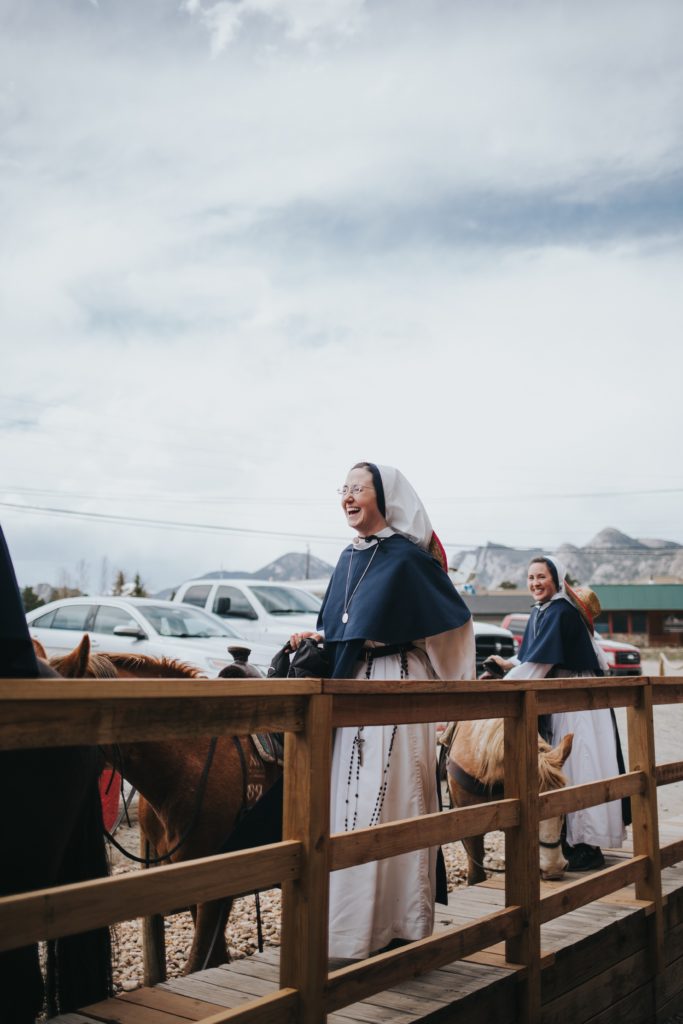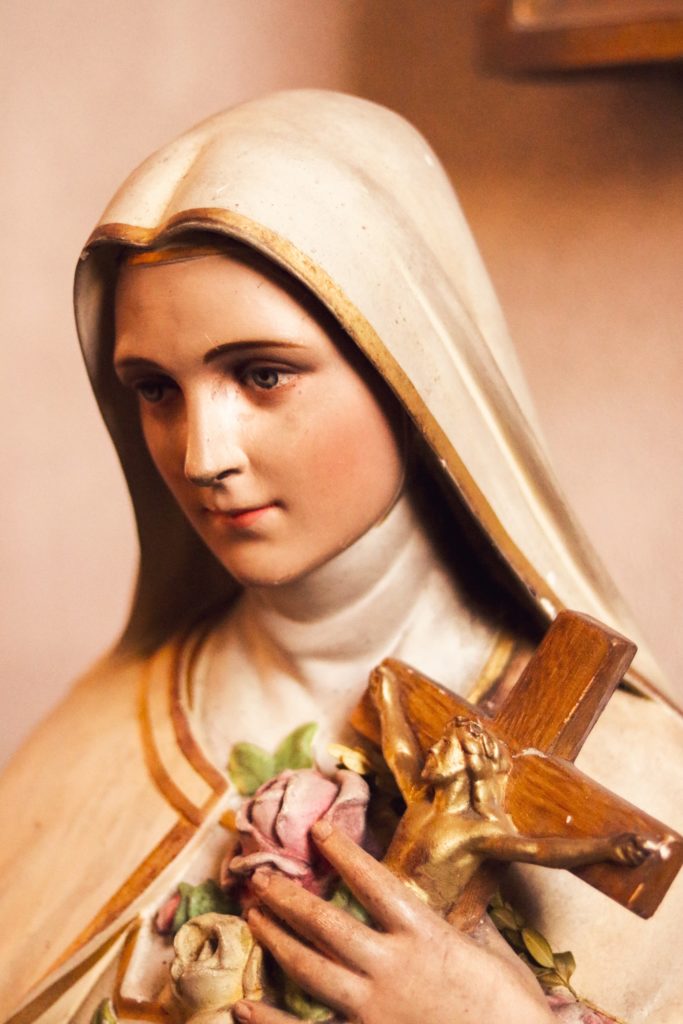A New Memory of a Childhood Nun
In writing practice you choose a prompt, set a timer, and go. The only rule is that you need to keep your hand moving. And trust that what needs to emerge will, even if it is buried in countless pages of surface-level stuff. If we keep looking deep within, we will find the gems we didn’t even know we were looking for, waiting to be discovered, or sometimes remembered, all along.
The first two writing practice pages I wrote for this blog were about the fear of the monolith that is the Catholic dogma and the persecutions of those who dare to speak or do differently. I felt the grip of secrecy, hierarchy and power over. I kept writing. Shame, guilt… yes, what else?
On the third page, I touch on the sadness of tossing away my faith when I left the Catholic Church in my teens, having believed that it is an either or deal. Sadness that I couldn’t identify for two decades, feeling instead a gaping hole I didn’t know how to fill, and a bitter grievance with the Church I didn’t know how to heal. Yes, yes, but what else?
At the bottom of the third page, I catch a glint of something, someone, rather: a nun who taught me catechism when I was going to church to prepare for my first communion and later for the sacrament of confirmation. I have thought of her numerous times since then but never gave her much attention. She was folded neatly into the box I called My Time With the Catholic Church, a memory into which I have placed everything that had to do with, well, my time in the Catholic Church, and wrapped it into fear, shame, and guilt, but also, grievance, resentment, and smoldering anger. A box, which I have now been unpacking for over a decade.
As I dug underneath the wrapping, completely unexpected, out of the box came treasures: the Hail Mary prayer that all of a sudden wasn’t about me being a sinner but a call of my soul to Mary and through her to God; the rosary that turned from a symbol of all that was wrong with the church to feeling that as I held it, I was holding Mary’s hand; or the statue of Mary that looked down on me, to the one I bought after much debate with myself in the local Catholic store, and that now watches over me, her cloak shining my favorite shade of blue.
And now here she is too, the nun, blinking at me from the page behind her silver-framed glasses, her rosy cheeks glowing, and her black hair protruding from underneath her black veil with a snow-white trim that covers her head.

I look at her curiously. What was her name? I cannot recall. ‘Časna‘ comes to me softly, yes, we called her časna, an informal Croatian name for a nun, which I now realize also means ‘an honored one’. I roll it off my tongue feeling the closeness for her I have felt then. It strikes me also that I have no idea how old she was either. She seemed old to me then, yet she could have been in her twenties or early thirties. From where I stand now that is young. Who was she? What did she think? How did she feel standing in front of the fifteen kids aged seven to nine some of whom didn’t want to be there, reading from our catechism book and the illustrated Bible for kids?
As memory now spills through my pen of this petite woman in her black robe and silver-framed glasses, I remember how gentle and kind she was. How she spoke calmly and never rose her voice at us. How during the Sunday mass while the priest spoke from the altar and felt to me as distant as the God he spoke about, and we sat in the front pew, she watched over us. How she fretted about our white dresses and garlands in our hair and how proud she was when we received our first communion. How afterwards we ate sandwiches from cardboard papers and she was eager that we have a good time.
I remember also how she made herself smaller, sort of disappearing into the background when the priest was around. She became sterner, wanted us to be on our good behavior and to show that we have learned the things she was teaching us. In the past, when I thought of her, I believed she was submissive, at the will of the priest. But now I realize that it wasn’t submissiveness. It was very much like the smart wife around her moody husband: ‘It’s all right, my dear, see? No need to get upset. The children are behaving. They are good children.’ And the contented husband goes on his way.
In my grievance, I was quick to judge our časna. I wanted to see her as an accomplice to the perpetrator that was the Catholic Church that I felt has caused me so much damage. What I wanted was for her to take her veil off, throw her black hair into the air, and tell the priest a few words, you know? But that was my fantasy.

I realize now that just like Mary was a woman who knew what she was doing, this nun also she knew what she was doing. In the parish of the Holy Family in Zagreb, Croatia, which was then part of Yugoslavia, she brought us her young, motherly care. It couldn’t have been easy then to choose to be a nun in the socialist state we lived in. But she obviously felt the call. Would she have chosen to be a priest instead of a nun were that option available? I don’t know. What I know is that she chose to be there for us, and that she worked tirelessly so we could receive grace. Deep within… a rose of gratitude towards this woman blossoms in my heart. I have found my new gem.

4 Responses
What a writer you are, Branca. I love this. Thanks so much.
Thank you so much, dear Marian. It means a lot.
Branca, I agree with Marian and I look forward to your subsequent postings. Regina
Dear Regina, lovely to read your message. Thank you.